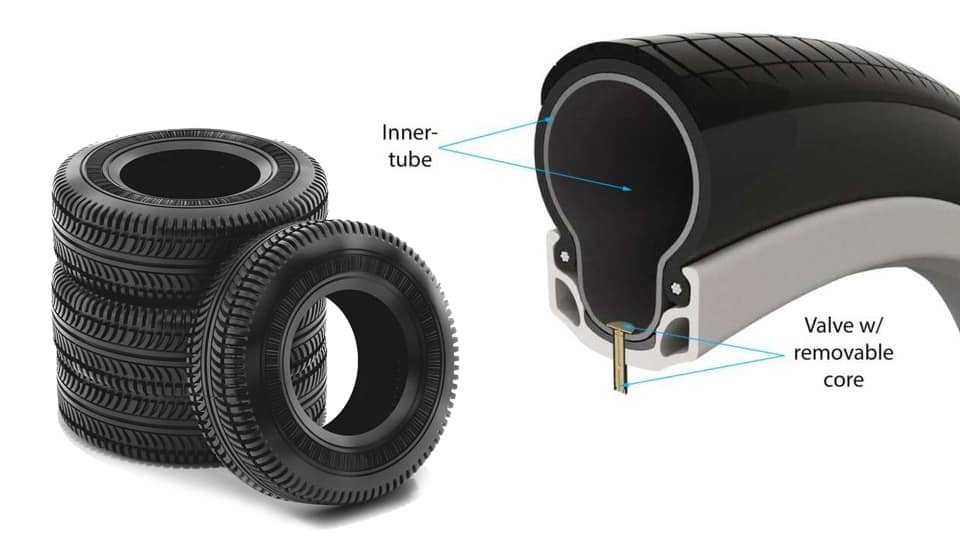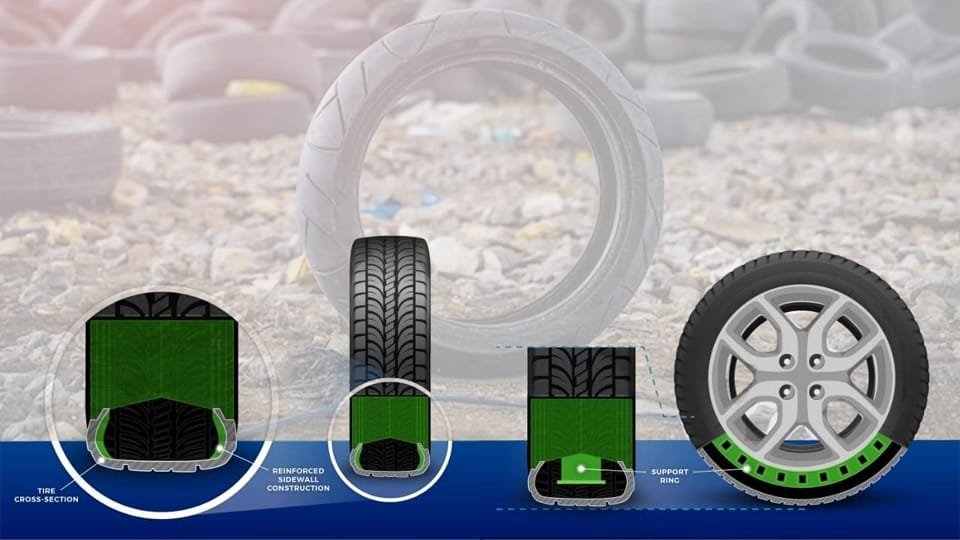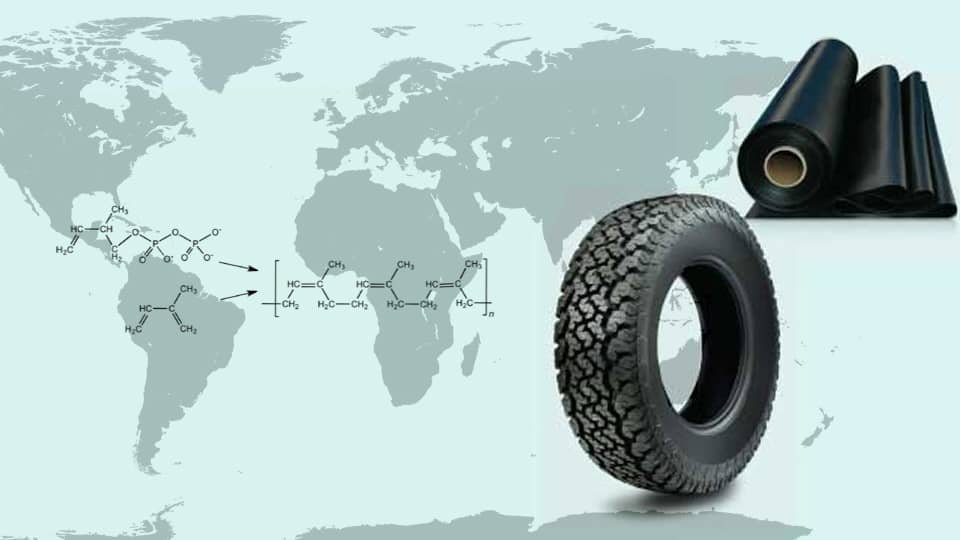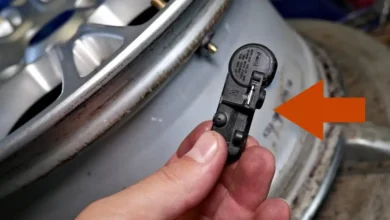- Pneumatic Tires: Dunlop's invention transformed vehicle performance.
- Synthetic Rubber: Overcame scarcity, enhanced grip and efficiency.
- Tread Patterns: Evolved for better traction and safety.
- Radial-Ply Tires: Improved grip, handling, and fuel efficiency.
- Advances in Construction: Steel belts, lighter materials enhanced performance.
How it Has Evolved Over the Years
Tire technology has played a vital role in the world of transportation, shaping the way we move from one place to another. This blog takes you on a captivating historical journey, exploring the transformative changes in tire technology and their impact on transportation efficiency, safety, and comfort. We will delve into the early beginnings of tires, the birth of modern tire technology through pneumatic tires, and the subsequent advancements that have shaped tire design and performance.
Early Beginnings of Tires
In ancient civilizations, the need for smoother and more efficient transportation led to the development of early tire-like inventions. We explore the fascinating discoveries made by these ancient societies, their experimentation with materials like wood and leather, and the gradual evolution of primitive wheel-like structures. The 19th century witnessed a significant leap forward with the emergence of practical tires, thanks to innovative inventors and their contributions.
Join us on this captivating voyage through time as we uncover the remarkable story of tire technology’s evolution. From humble beginnings to cutting-edge advancements, the journey of tire technology is a testament to human ingenuity and our relentless pursuit of progress in the realm of transportation.
The impact of World War II on tire technology:
World War II had a profound effect on the tire industry, leading to significant advancements in tire technology. During the war, the supply of natural rubber was severely disrupted as it was primarily sourced from Southeast Asia, which was occupied by Japan. This scarcity prompted the tire industry to seek alternative solutions.
Development of synthetic rubber and its role in tire manufacturing:
To overcome the rubber shortage, tire manufacturers turned to the development of synthetic rubber. Through intensive research and collaboration, scientists successfully created synthetic rubber, which became a game-changer in tire manufacturing. Synthetic rubber offered comparable properties to natural rubber, providing elasticity, resilience, and durability.
This breakthrough allowed tire production to continue despite limited natural rubber availability.
Enhanced grip, durability, and fuel efficiency through synthetic rubber compounds:
The introduction of synthetic rubber compounds in tire manufacturing brought about several benefits. The advancements in tire performance were remarkable. Synthetic rubber compounds allowed for improved grip, especially in wet and challenging road conditions. Tires became more resistant to wear and tear, resulting in increased durability and longevity. Additionally, synthetic rubber played a crucial role in enhancing fuel efficiency by reducing rolling resistance. This development not only saved energy but also contributed to lower carbon emissions.
Tread Patterns and Tire Design Innovations
The evolution of tire tread patterns and their effects on traction:
Tire tread patterns underwent significant evolution over the years, driven by the quest for improved traction and safety. Initially, tire treads were relatively simple, featuring straight grooves. However, as the understanding of tire dynamics grew, manufacturers began experimenting with various tread patterns. This experimentation led to the development of tread patterns with angled grooves, sipes, and intricate designs. These patterns effectively channeled water away from the tire’s contact patch, reducing hydroplaning and enhancing traction on wet surfaces.
Additionally, different tread patterns were optimized for specific driving conditions, such as off-road, winter, or high-performance applications.
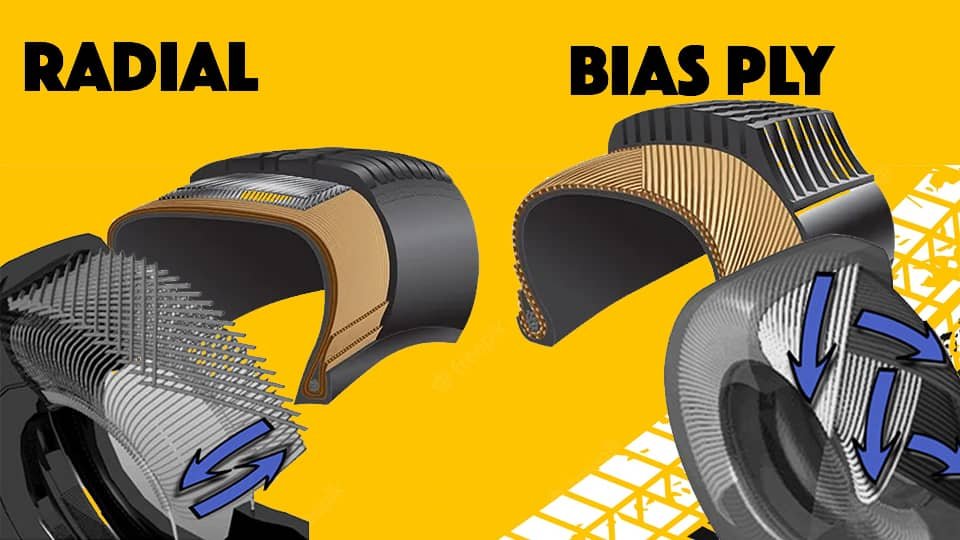
Radial-ply tires and their superiority over bias-ply tires:
The introduction of radial-ply tires marked a significant breakthrough in tire technology. Unlike traditional bias-ply tires, radial tires featured cord plies arranged radially from bead to bead. This construction allowed the tire to flex more efficiently, providing better grip, improved handling, and enhanced stability. Radial-ply tires also exhibited lower rolling resistance, resulting in improved fuel efficiency. These advantages made radial tires the preferred choice for passenger cars, trucks, and commercial vehicles.
Advances in tire construction for improved stability and handling:
Alongside tread pattern advancements, tire construction techniques underwent continuous refinement. The introduction of steel belts in tire construction significantly improved stability and handling. Steel belts provided added strength and rigidity to the tire, allowing for better cornering stability and precise steering response. Moreover, advancements in tire construction materials and techniques enabled the production of lighter and stronger tires, further enhancing overall performance and ride comfort.
Conclusion:
In conclusion, the evolution of tire technology has been a remarkable journey of innovation and progress. From the early tire-like inventions to the invention of the pneumatic tire by John Boyd Dunlop, tire technology has continuously evolved to meet the demands of transportation. The impact of World War II led to the development of synthetic rubber, which enhanced tire grip, durability, and fuel efficiency. The evolution of tread patterns and the introduction of radial-ply tires further improved traction, stability, and handling. The continuous advancements in tire construction techniques and materials have contributed to safer, more efficient, and comfortable rides.
As we recap the key milestones in tire technology, we cannot help but anticipate the future innovations and advancements that lie ahead. The tire industry continues to push boundaries, exploring new materials, incorporating smart technology, and focusing on sustainability. With ongoing
.

